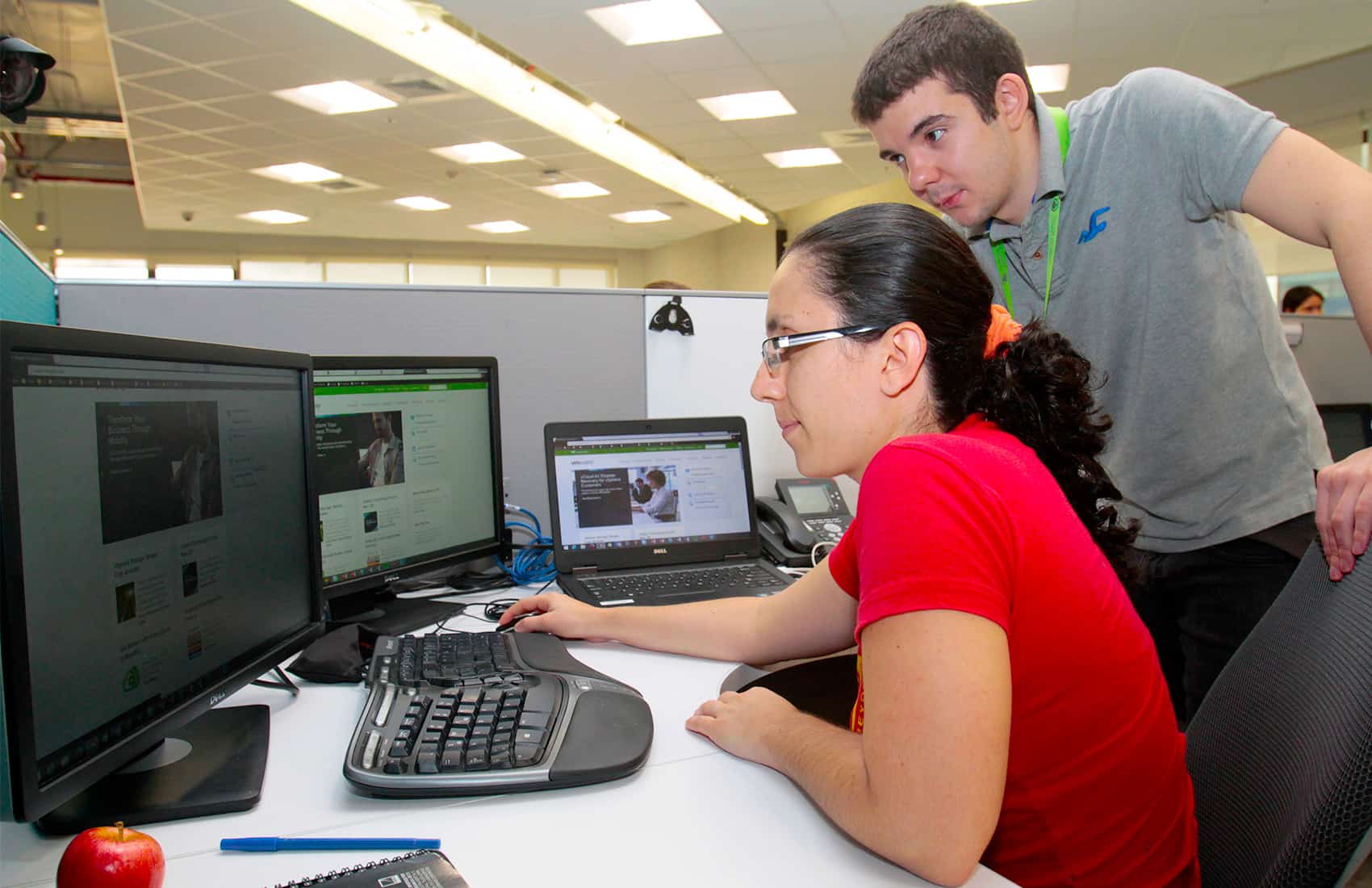The gender gap in Costa Rica persists, but the country moved up six positions in the World Economic Forum’s Global Gender Gap Report 2016, disclosed here last week by experts from the Central American Institute of Business Administration (INCAE).
Costa Rica ranks 32 out of 144 countries in the WEF report, which measures the magnitude of gender disparities and tracks their progress over time. The agency bases its evaluation on a series of indicators in four areas: economic participation, educational attainment, political empowerment, and health and survival.
Scores for each country range from 0.00, representing no parity, to 1.00, representing an egalitarian relationship between genders.
The evaluation for Costa Rica resulted in a 0.73, thanks mostly to the country’s benchmarks in political empowerment, where it ranked 20th, and in education, where it ranked 30th.
A growing number of women in the Legislative Assembly and the Executive branch allowed the country its position in the political ranking, INCAE‘s analysis noted.
Improvement needed
Costa Rica’s gender gap got its worst results in economic participation, where it ranked 105th, and in health and survival, where it placed 62nd.
The report noted an important gap in the estimated earned income, as the country scored a 0.5 that placed it at 82.
According to INCAE’s analysis those results mean, for example, that for every ₡100 a man earns here, a woman will receive ₡70.
In terms of participation it means that in a board of directors formed by ten members at a Costa Rican company, seven likely will be men.
Results are consistent with a National University (UNA) study, also released last week, stating that the country’s labor market does not create enough job opportunities for women, especially in rural areas.
UNA economist Roxana Morales noted that unemployment in the past quarter, according to the National Statistics and Census Institute, was 11.2 percent for women and 8.3 percent for men.
The university’s report also noted that in general, finding a job is harder for women and that 10.3 of women who find one have to struggle with low-skilled posts, insufficient working hours, low salaries and low access to health insurance.
Recommendations
Gaudy Solórzano, manager of INCAE’s Center for Women’s Leadership, said that in order to improve gender parity figures Costa Rica requires legal reforms.
Among others, she said laws should aim at removing prejudice against women related to maternity leave and child care issues. This prejudice hurts women’s opportunities mostly in the private sector, INCAE’s report says.
The country also needs to pass legislation to grant parental leave for men in order to allow a better balance between genders, Solórzano said.
The center’s director, Camelia Ilie-Cardoza, said partnerships between the public and private sectors are key to draft and implement better policies and measures to improve gender parity.
Fifth in region
The country’s position in the WEF’s report places it fifth in Latin America, behind Nicaragua, Bolivia, Cuba and Barbados. The lowest performing countries in the region are the Dominican Republic, Belize and Guatemala.
Overall, Latin America and the Caribbean countries scored an average gender gap that places the region on the same level as Eastern Europe and above Central Asia. Western Europe tops the overall index, followed by North America.






